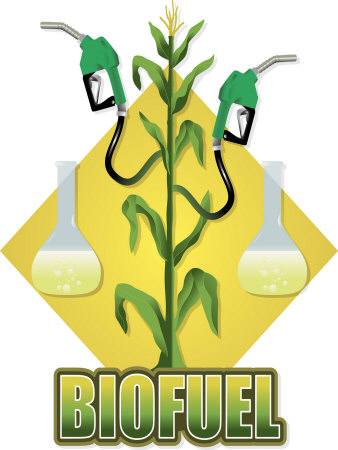Will Aviation Biofuel be New Farm Subsidy?
By Scott Spangler on January 22nd, 2012First thing last Monday morning I read that US Department of Agriculture Secretary Tom Vilsack was scheduled to hold an hour-long meeting with aviation officials from Boeing, Honeywell, and United Airlines later that day at Boeing HQ. The announced agenda focused on the role of biofuels in long-term military and commercial energy needs.
 Reducing dependence on imported dead dinosaurs is the stated goal, and the USDA supports and promotes it because it regulates and supports the people who grow the plants and animals that eventually become jet fuel. It’s working with the Department of Energy and the US Navy to develop ways “to take what we grow, and potentially crop residue, woody biomass and other materials and create a drop-in fuel” source for the military and commercial aviation,” Vilsack said.
Reducing dependence on imported dead dinosaurs is the stated goal, and the USDA supports and promotes it because it regulates and supports the people who grow the plants and animals that eventually become jet fuel. It’s working with the Department of Energy and the US Navy to develop ways “to take what we grow, and potentially crop residue, woody biomass and other materials and create a drop-in fuel” source for the military and commercial aviation,” Vilsack said.
Late last year the Navy bought 450,000 gallons of biofuel for its “Green Fleet” research. The Navy plans to burn the biofuel this coming summer; algae-gas will slake the thirst of an F-18, and grease-gas will do the same for a destroyer and cruiser. This sounded good, until I did the math: with a $12 million fuel bill, that’s $26.66 a gallon.
The report said it really works out to about $15 a gallon because the Navy will blend the bio with fossil fuels, like JP-5, that costs about $4 a gallon. Greenhouse gases and the future of our planet aside, this sounds like the aviation arm of ethanol, which was supposed to reduce dependency on foreign sources.
That didn’t seem to happen, but it worked out well for farmers and ethanol refiners, who took advantage of about $6 billion in annual subsidies and sky high prices for corn. Farmers and refiners are often related vertically. Dynamic Fuels, which is supplying the Navy’s grease-gas, is half-owned by Tyson Foods, an agribusiness megalith.
Congress let the corn ethanol subsides die on New Year’s Day, and the ethanol producers aren’t complaining because the high price of oil makes their product competitive. In 1979, when Congress began the subsidies, a gallon of regular cost 86 cents.
And now, it seems, it is aviation’s turn. This year the government is investing $510 million in the biofuel infrastructure. More is sure to come. And using the ethanol argument, the government could impose a requirement for blended aviation fuel. The end result would surely be the same, if the folks at MIT know what they are talking about. Their alternative jet fuel study predicted that with optimum conditions, biojet would cost double that of fossil Jet A. That should produce some interesting results, don’t you think? –Scott Spangler
Related Posts:







January 23rd, 2012 at 3:24 am
$26 dollars a gallon? Makes me green just thinking about it.
Still, it does bode well for our own biomass refining facility…
http://www.thrombyair.com/2011/03/thromby-goes-green/
January 25th, 2012 at 3:29 am
It seems that biofuell is not good option at all.
January 25th, 2012 at 1:47 pm
Hydrogen fuel would be best solution, but no available technology at present.